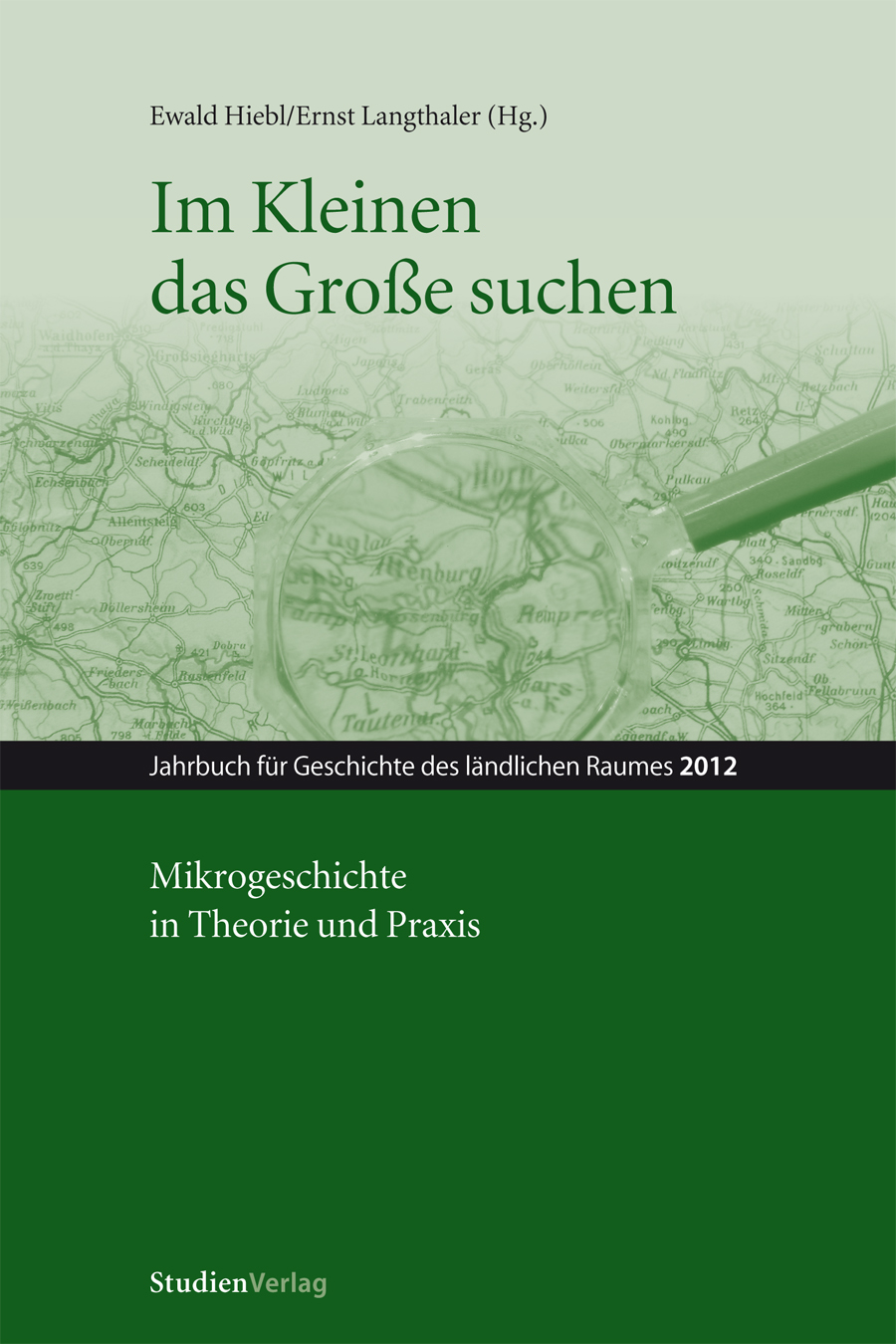Kautzen und Český Rudolec: Zwillingsorte an der Systemgrenze?
DOI:
https://doi.org/10.25365/rhy-2012-17Abstract
The aim of the article is to compare the development of the villages of Kautzen and Český Rudolec in Lower Austria and Moravia after the Second World War. Both villages served as minor trade and industrial centres for the surrounding agrarian regions. Although situated only fifteen kilometres from each other, both were totally separated in the latter half of the twentieth century, not only by the state border between Austria and Czechoslovakia, but even more so by the ‘system border’ between East and West. After the Second World War, the situation in Český Rudolec was characterized by severe discontinuity, caused by the expulsion of the majority population, the historically German speaking inhabitants, and the forceful establishment of a new incoming Czech speaking population. After the Communists took over power in Czechoslovakia 1948, the collectivisation of the agrarian and industrial sector had taken place against the opposition of the remaining small group of so called ‘old settlers’, who stayed on after Second World War. A new socialist lifestyle with entirely new structures was established. In Kautzen, the continuity after the war was much more preserved. The Austrian Peoples Party became now the political home of not only their supporters from amongst the Catholic farmers, but also integrated the majority of former National Socialist Party members from the local middle classes. It dominated the political sphere while the everyday life was dominated by the Catholic Church. The processes of modernization in both communities during the 1970ts show similar characteristics, beginning with the communal reform and culminating in the construction of new infrastructure. In the 1980s the development again diverged severely. The Communist regime was unable to integrate the new social discourses of the middle-classes into the system and finally collapsed, while in Kautzen the continuity of the community and its continuous social development proved stronger.


